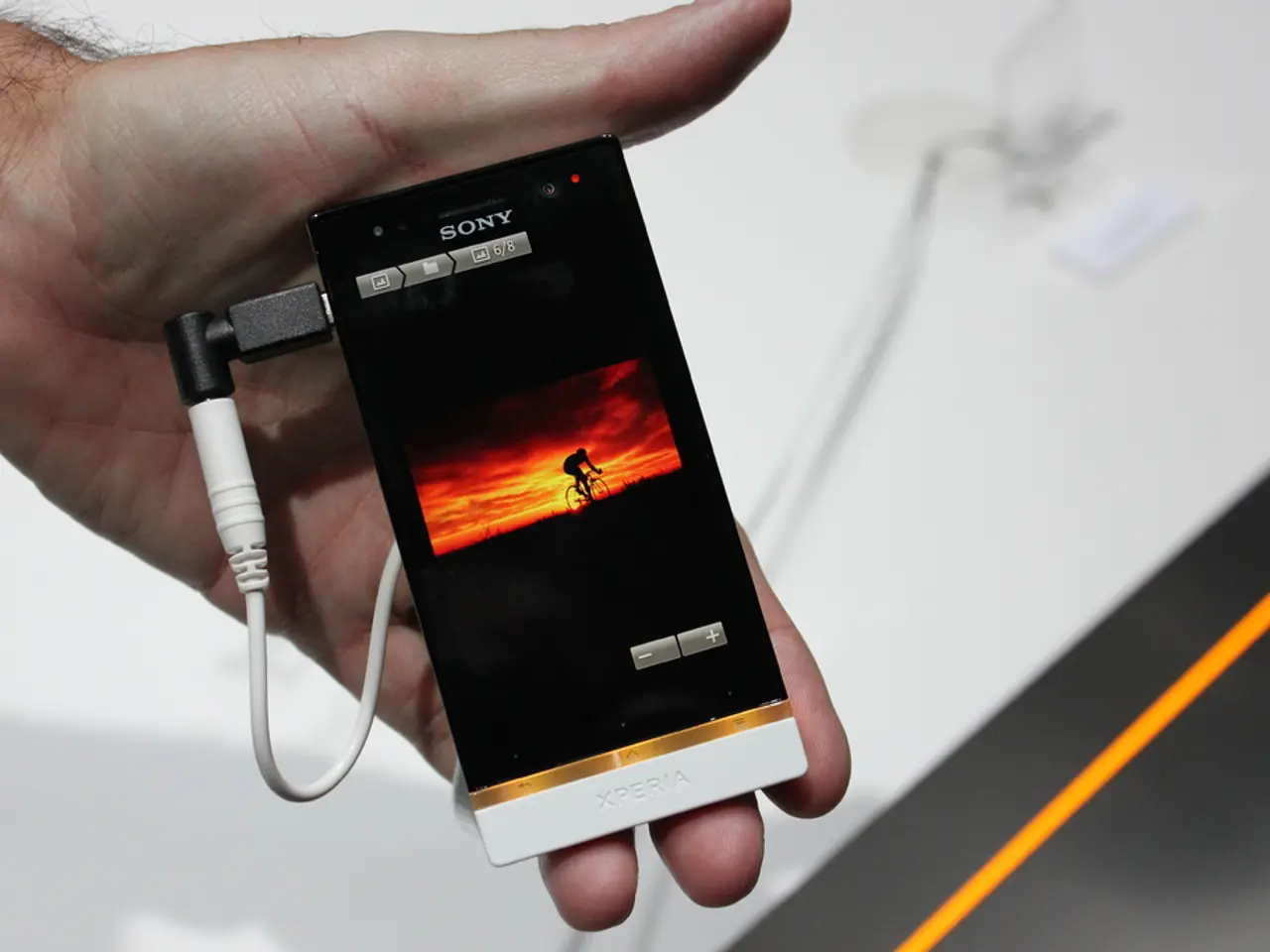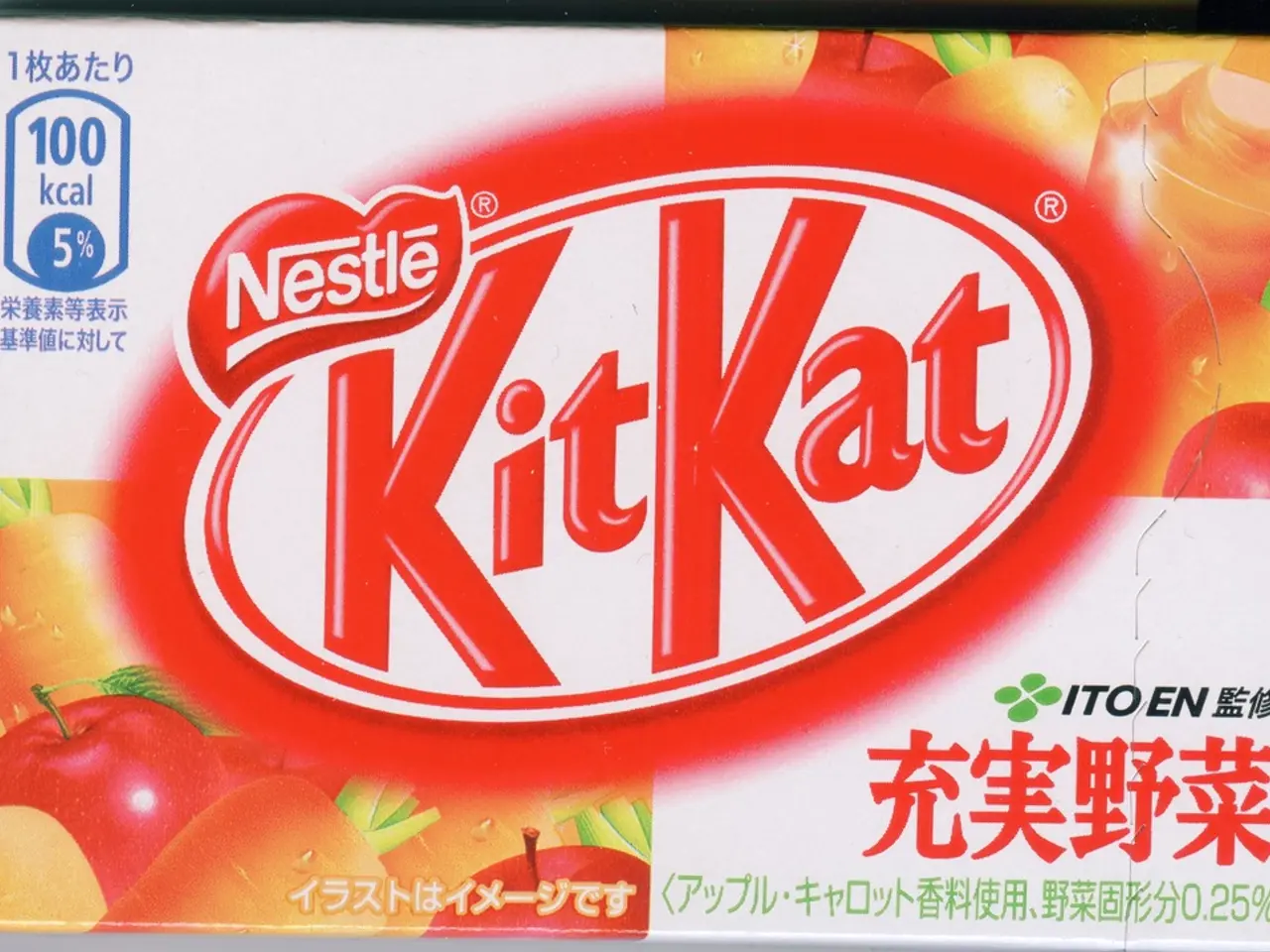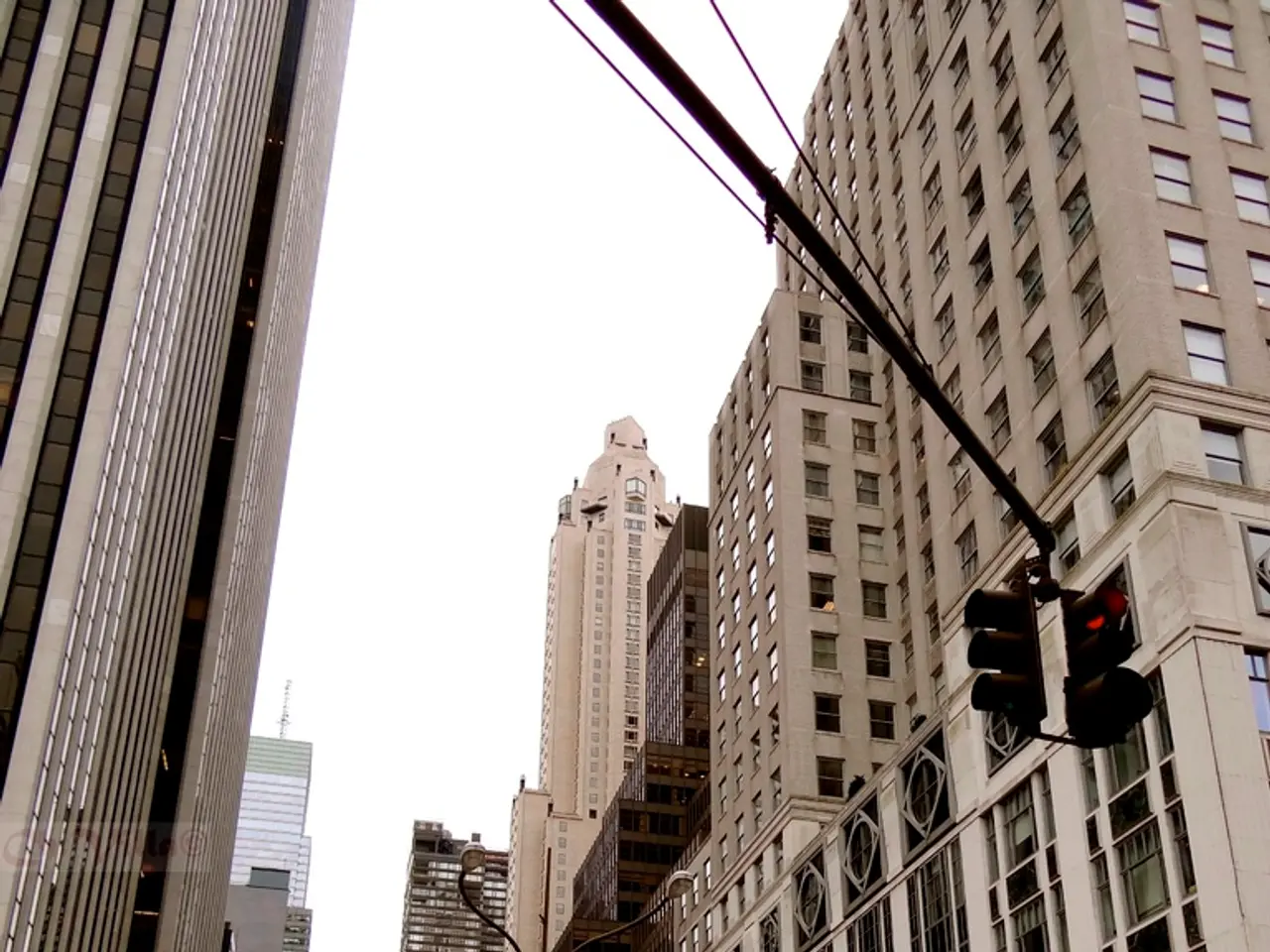Android users express growing impatience with time-related inconsistencies
**Temporal Dithering in Displays: A Growing Concern for Sensitive Users**
Temporal dithering, also known as Frame Rate Control (FRC), is a technique used in digital displays to enhance color depth by rapidly switching subpixels between different colors. This method, common in many devices including Android and Apple devices, allows for a broader range of colors without increasing the number of subpixels. However, this technique has been causing issues for some users, particularly those sensitive to rapid changes in visual stimuli [1][2].
The technique works by flashing subpixels between different colors so quickly that the eye perceives a solid color. This can lead to flickering effects, which can cause discomfort, headaches, and nausea for some individuals. This problem is similar to the issues caused by PWM (Pulse Width Modulation) dimming, but temporal dithering can be introduced after purchase, sometimes years later, through software updates [2].
The widespread adoption of temporal dithering has reduced the number of "flicker-free" devices available. As a result, Android users have been particularly affected, as many Android devices, as well as iPhones, use temporal dithering to increase color depth. Users are often forced to look for older versions of operating systems or devices that do not use temporal dithering to avoid these issues [2].
Recently, an official bug report was filed to Google’s Android issue tracker system, outlining the negative effects of system-wide temporal dithering on users. The report called for Google to put in the work for new accessibility options to help users sensitive to temporal dithering [3].
In response, some manufacturers have started to offer alternatives. For example, TCL's latest tablet uses NXTPAPER 4.0, which offers improved eye comfort modes and is suitable for late-night reading [4].
However, it is impossible to know which phones have a "safe" level of flickering and which are bad for sensitive users. The only way to know if a phone or tablet uses dithering is by experiencing symptoms or finding a review that dives deep into the display [5]. Some monitor companies list FRC on spec sheets, but smartphone companies do not [6].
To test for temporal dithering, a $20 smartphone microscope from Amazon can be used. If pixels "dance" between colors during testing, it's likely the display dithers [7].
In conclusion, temporal dithering is a technique used in displays to enhance color depth, but it can cause discomfort, headaches, and nausea in some individuals. Users sensitive to these effects are urged to be aware of this issue and to look for devices that offer flicker-free displays or accessibility options to disable dithering.
References: [1] https://www.displaymate.com/Temporal_Dithering.html [2] https://www.engadget.com/2022-02-23-temporal-dithering-oled-displays-headaches-nausea.html [3] https://source.android.com/issues/issue373708238 [4] https://www.tcl.com/global/en/product/tablet/t-book-16-plus.html [5] https://www.digit.in/news/opinion/the-case-against-temporal-dithering-on-smartphone-displays-36204.html [6] https://www.displaymate.com/Temporal_Dithering.html [7] https://www.amazon.com/Microscope-Smartphone-Objective-Lens-Magnification/dp/B07988LJX1
- The surge in the use of temporal dithering in medical-conditions related to sensitive eyes, such as eye-health issues, could be a significant concern, given its potential to cause discomfort, headaches, and nausea.
- In the domain of health-and-wellness, especially for users dealing with eye-health sensitive to rapid changes in visual stimuli, smartphones and other gadgets using temporal dithering may pose risks, necessitating caution in their selection or the pursuit of flicker-free alternatives.
- As technology advances, including the integration of temporal dithering in displays, it is crucial to consider its impact on user experience, particularly for those dealing with medical-conditions like eye-health or sensitivity to certain visual stimuli.




